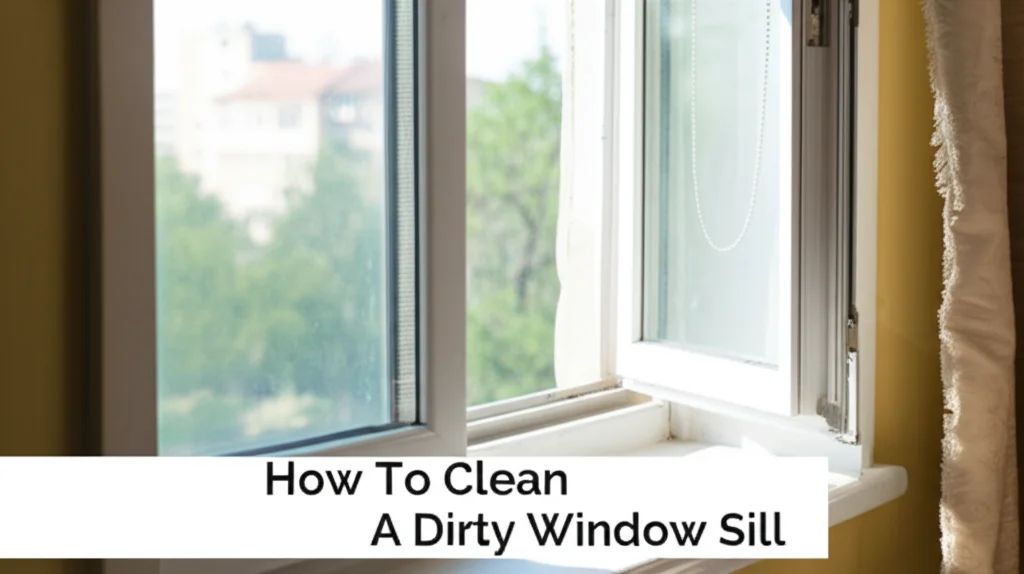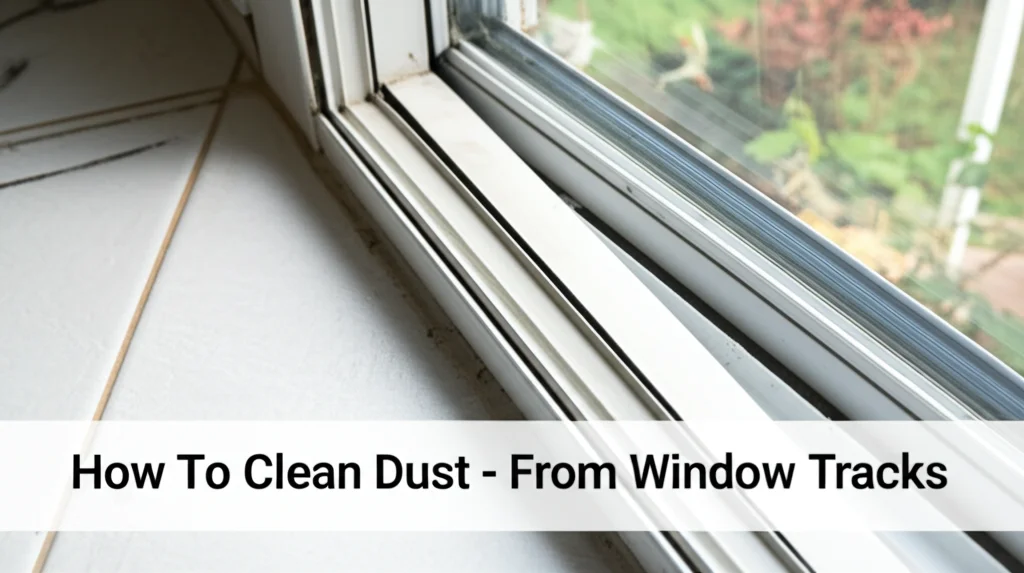· Home Cleaning · 6 min read
How To Clean Stained Glass

Sparkling Stained Glass: A Complete Cleaning Guide
Have you ever admired the vibrant colors of stained glass and wondered how to keep it looking its best? Stained glass isn’t just beautiful; it’s an investment. Proper cleaning ensures its longevity and brilliance. This article will guide you through everything you need to know about how to clean stained glass, from routine maintenance to addressing specific issues. We’ll cover the best methods, tools, and solutions to keep your stained glass windows shining for years to come.
Quick Answer: To clean stained glass, gently dust it regularly with a soft brush. For deeper cleaning, use a mild solution of dish soap and water, apply with a soft cloth, rinse thoroughly, and dry immediately with a lint-free cloth. Avoid abrasive cleaners and harsh chemicals.
Takeaway:
- Dust regularly to prevent grime buildup.
- Use gentle cleaning solutions.
- Rinse and dry thoroughly to avoid water spots.
- Avoid abrasive materials that can scratch the glass.
Why Proper Cleaning Matters for Stained Glass
Stained glass is a delicate art form. Unlike regular windows, it’s often held together with lead came, a type of metal that can corrode. Harsh chemicals and abrasive cleaners can damage both the glass and the lead, leading to costly repairs. Regular, gentle cleaning prevents the buildup of dirt, pollutants, and grime that can dull the colors and weaken the structure. Protecting your stained glass isn’t just about aesthetics; it’s about preserving a piece of history and artistry. Taking the time to clean it correctly will ensure it continues to brighten your home for generations.
Understanding Your Stained Glass: Types and Considerations
Before you begin, it’s important to understand the type of stained glass you’re dealing with. Different types require slightly different care.
Traditional Leaded Stained Glass
This is the most common type, featuring pieces of colored glass held together by lead came. Lead is susceptible to corrosion, so avoid acidic cleaners. Regular cleaning is crucial to prevent dirt from becoming embedded in the lead. You’ll want to be extra careful with the lead lines, ensuring you don’t apply too much pressure.
Copper Foil Stained Glass (Tiffany Style)
This technique uses copper foil to wrap the edges of the glass pieces. While more resistant to corrosion than lead, copper foil can still be damaged by abrasive cleaners. This style often features intricate designs, so a gentle touch is essential.
Fused Glass
Fused glass is created by melting pieces of glass together. It’s generally more durable than leaded or copper foil glass, but still requires gentle cleaning to maintain its shine. Avoid extreme temperature changes, as this can cause cracking.
Gathering Your Cleaning Supplies
Having the right tools makes the job much easier and safer. Here’s what you’ll need:
- Soft brushes: For dusting.
- Soft cloths: Microfiber cloths are ideal.
- Mild dish soap: Choose a pH-neutral formula.
- Distilled water: Avoids mineral deposits.
- Spray bottle: For the cleaning solution.
- Cotton swabs: For cleaning tight spaces.
- Lint-free cloths: For drying.
- Gloves (optional): To protect your hands.
Avoid using abrasive sponges, scouring pads, or harsh chemicals like ammonia, bleach, or vinegar. These can permanently damage the glass and lead.
Step-by-Step Guide to Cleaning Stained Glass
Now that you have your supplies, let’s get cleaning!
- Dusting: Begin by gently dusting the stained glass with a soft brush to remove loose dirt and debris. Work from top to bottom.
- Prepare the Cleaning Solution: Mix a few drops of mild dish soap with a gallon of distilled water.
- Apply the Solution: Lightly spray the stained glass with the cleaning solution. Avoid saturating the lead came.
- Gently Wipe: Use a soft cloth to gently wipe the glass, working in a circular motion. Pay attention to areas with stubborn grime.
- Rinse Thoroughly: Rinse the stained glass with clean distilled water to remove all traces of soap.
- Dry Immediately: Dry the glass immediately with a lint-free cloth to prevent water spots.
- Detail Cleaning: Use cotton swabs dipped in the cleaning solution to clean tight spaces around the lead came.
Addressing Specific Issues: Stubborn Grime and Corrosion
Sometimes, gentle cleaning isn’t enough. Here’s how to tackle more challenging problems.
Removing Stubborn Grime
For stubborn grime, you can create a paste of baking soda and water. Apply the paste to the affected area, let it sit for a few minutes, and then gently wipe it away with a soft cloth. Rinse thoroughly and dry. Always test this method in an inconspicuous area first.
Dealing with Lead Came Corrosion
If you notice white, powdery corrosion on the lead came, it’s a sign of deterioration. Avoid harsh scrubbing, as this can worsen the problem. You can gently wipe the corrosion away with a soft cloth dampened with mineral oil. For significant corrosion, consult a professional stained glass restorer. Ignoring corrosion can lead to structural instability.
Removing Bird Droppings
Bird droppings can be particularly difficult to remove. Soak the affected area with warm water for several minutes to soften the droppings. Then, gently scrape them away with a plastic scraper. Follow with a gentle cleaning using the method described above.
Protecting Your Stained Glass for the Future
Preventative care is the best way to keep your stained glass looking beautiful.
- Regular Dusting: Dust your stained glass windows at least once a month.
- Avoid Direct Sunlight: Prolonged exposure to direct sunlight can fade the colors. Consider using window film or curtains to filter the light.
- Proper Ventilation: Ensure good ventilation around your stained glass windows to prevent moisture buildup.
- Professional Inspection: Have your stained glass inspected by a professional every few years to identify and address any potential problems. A professional can also provide specialized cleaning and restoration services.
Frequently Asked Questions (FAQ)
Q: Can I use vinegar to clean stained glass? A: No, avoid using vinegar. Its acidity can corrode the lead came and damage the glass. Stick to mild dish soap and distilled water.
Q: How often should I clean my stained glass? A: Dust regularly (monthly) and deep clean 1-2 times per year, or as needed.
Q: What if my stained glass is very old and fragile? A: Consult a professional stained glass restorer for cleaning and maintenance.
Q: Can I use a glass cleaner on stained glass? A: Most commercial glass cleaners contain harsh chemicals that can damage stained glass. It’s best to stick to the mild dish soap and water solution.
Q: Is it safe to clean stained glass from the outside? A: Cleaning from the outside can be dangerous, especially for high windows. Consider hiring a professional for exterior cleaning.
Conclusion: Preserving the Beauty of Stained Glass
Cleaning stained glass doesn’t have to be a daunting task. By following these simple steps and using the right tools, you can keep your windows looking vibrant and beautiful for years to come. Remember, gentle cleaning is key to preserving the integrity of both the glass and the lead came. Regular maintenance and a proactive approach will ensure your stained glass continues to be a stunning focal point in your home. Don’t hesitate to seek professional help if you encounter any significant issues or are unsure about the best cleaning method for your specific stained glass.




